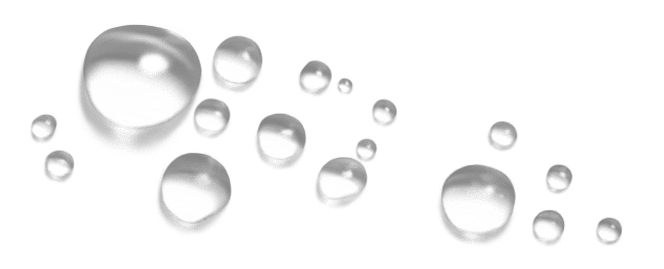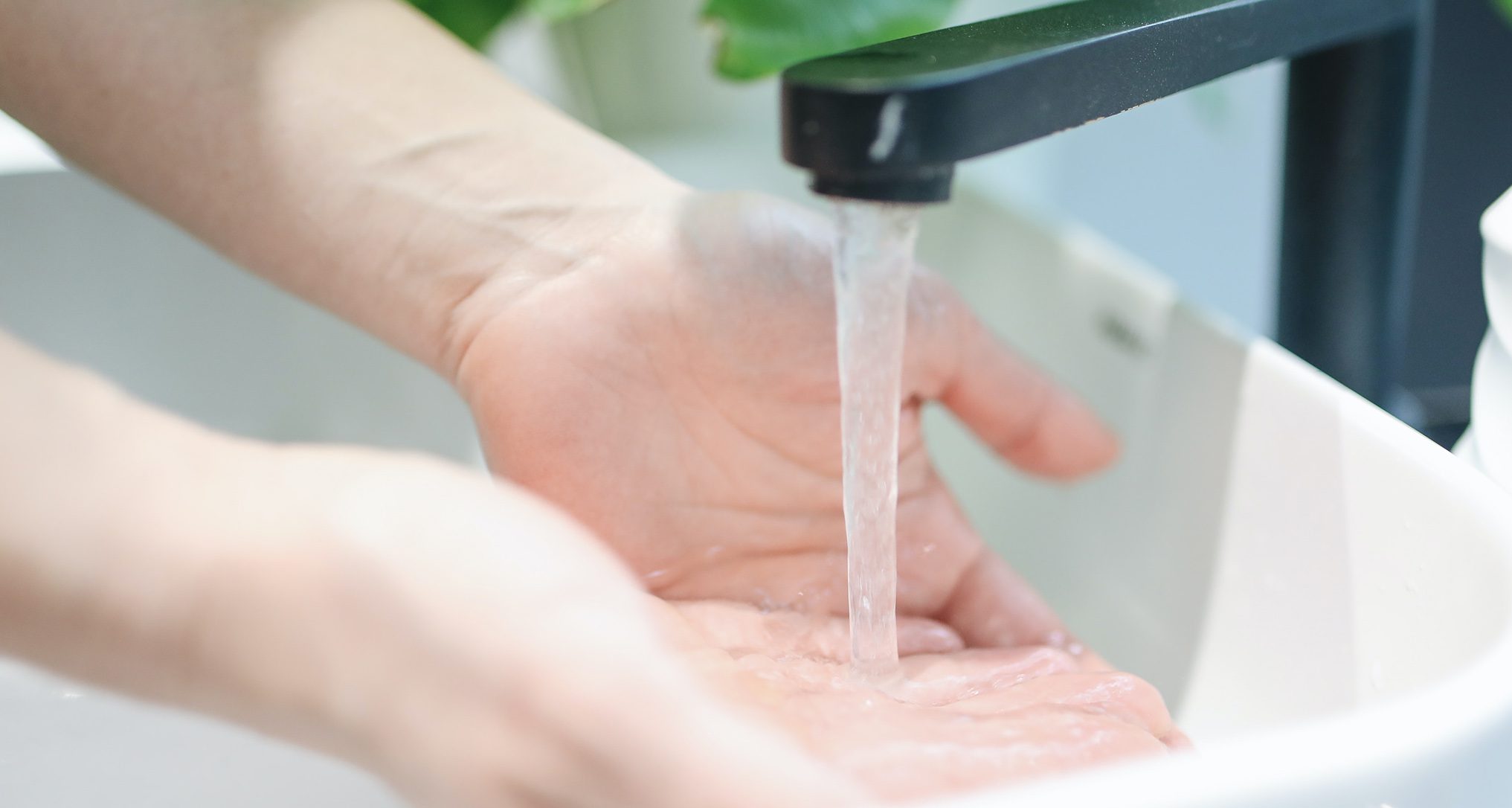What You Need to Know About PFAS
What’s in your drinking water?
We want to believe that the water we drink is as pure as it looks, but the truth is that there’s more to the world’s most common beverage than meets the eye.
What are PFAs?
Per- and poly-fluoroalkyl substances (PFAS) are man-made chemicals used worldwide to manufacture various high-demand consumer goods.
There are an estimated 4,700 chemicals categorized as PFAs, including perfluorooctanoic acid (PFOA), perfluorooctane sulfonate (PFOS), and GenX.
Since they were invented in the 1930s, PFAs have become prized for repelling water and oil. Those qualities make PFAs valid for waterproof clothing, food packaging, nonstick cookware, and dental floss.
Why are PFAs dangerous?
According to the Environmental Protection Agency (EPA), studies have found links between PFOA and PFOS and problems with reproductive health and development, as well as causing adverse effects on the liver, kidney, and immune systems.
Some animals in the studies grew tumors after exposure to the chemicals, while others had high cholesterol levels. Other studies show that exposure to PFAS may increase an individual’s cancer risk and make vaccines less effective.
PFAs are particularly concerning because they’re “forever chemicals” that don’t break down.
Once they’re released into the environment, they’re there for eternity. That means they also have the potential to build up in the body over time. The more someone is exposed to PFAs, through their drinking water; perhaps, the more at risk they are of harboring high levels of potentially dangerous compounds.
How do PFAs end up in water?
The two most common PFAS chemicals — PFOA and PFOS — are no longer made in the United States, but unfortunately, they’ve still left their mark. Check your water quality.
Even though manufacturers began voluntarily phasing out PFAs in the early 2000s, the damage is already done. Tests commissioned by the Environmental Working Group (EWG) found the drinking water or groundwater on sites in 49 states to be contaminated with PFAs, including exceptionally high levels in metropolitan areas such as New Orleans, Miami, and Philadelphia.
Experts believe that PFAS get into the ground and drinking water because of how they’re made and disposed of and because some manufacturers have been careless in how they use and move these chemicals.
It’s impossible to clean up spilled PFAS — once they’re in the soil, they can migrate to nearby water sources and slowly spread to contaminate the water we drink, cook with, and wash with.
How do you remove PFAS?
While you can’t necessarily destroy PFAS, you can filter them out of your water to reduce exposure and risk.
The EPA supports water treatment methods, including:
- using activated carbon,
- ion exchange resins,
- High-pressure membranes, like nanofiltration and reverse osmosis, remove PFAS from water, making it safer for consumption and everyday use.
Ready to upgrade your water?
Learn more about Stonybrook’s clean, safe water coolers for your home or office.
one week free trial
Fill out the form below and get a 1 week free trial!



